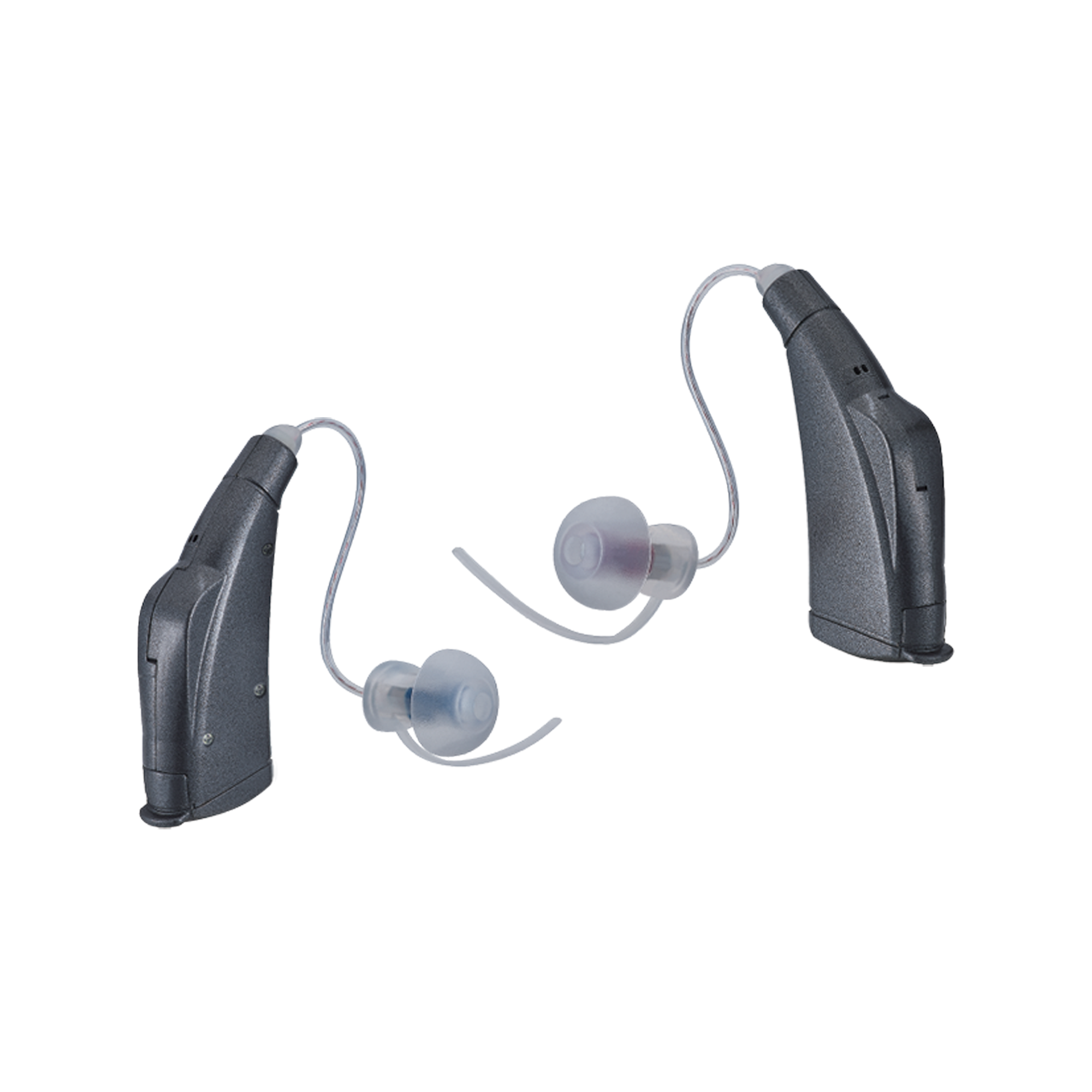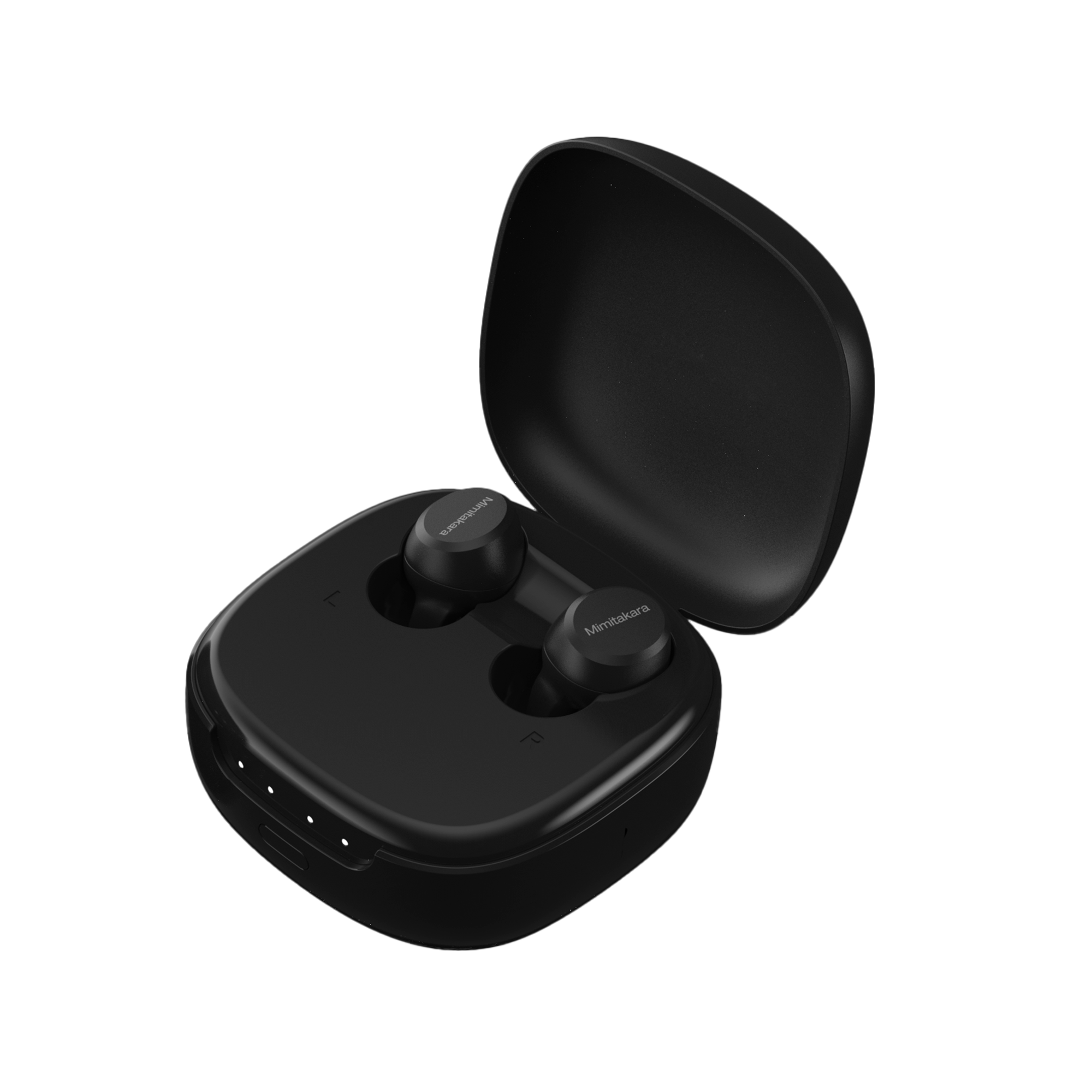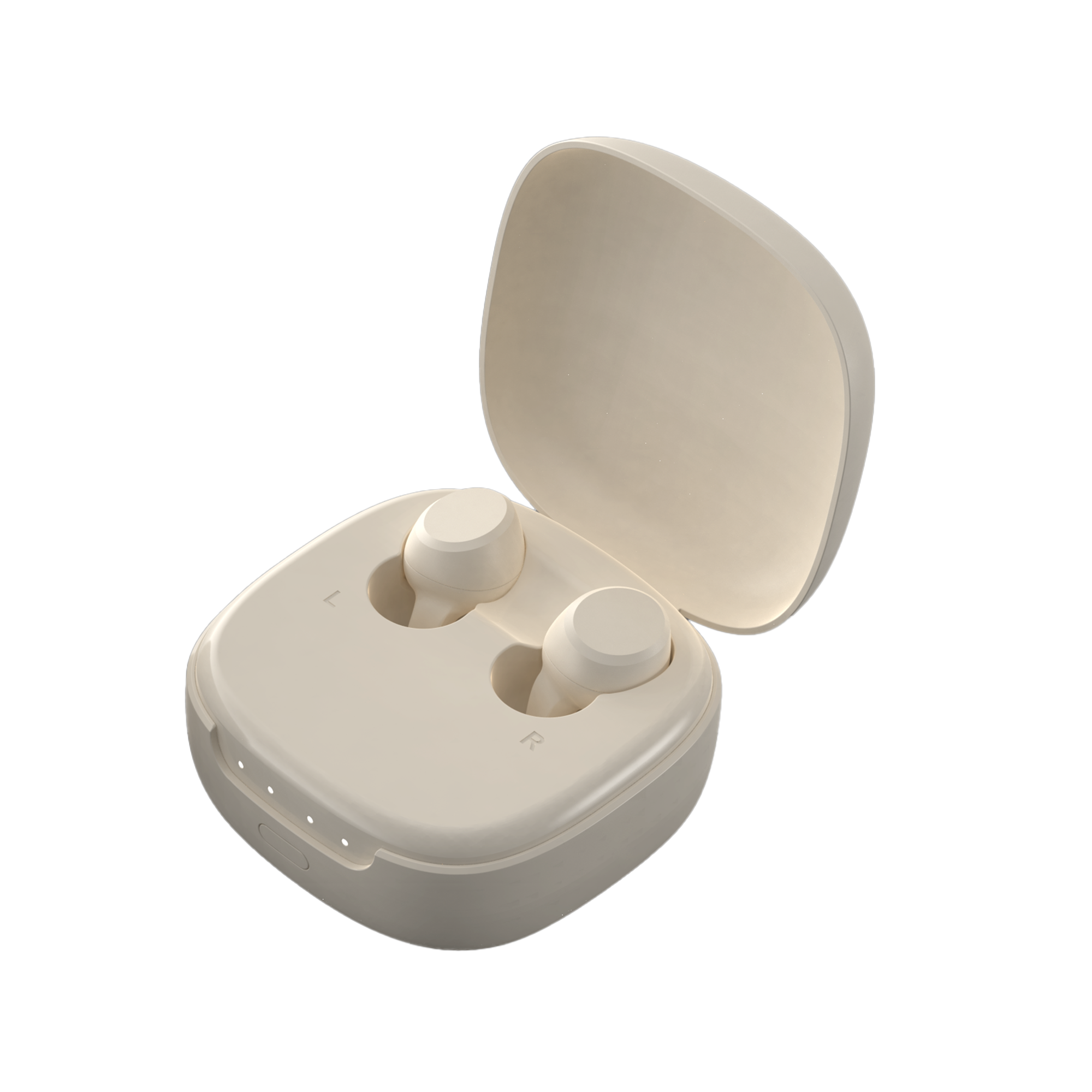Introduction
Hearing aids are vital tools for millions of people worldwide who suffer from hearing loss. Whether you are dealing with age-related hearing loss or noise-induced hearing loss, a hearing aid can improve communication, enhance quality of life, and promote greater independence. However, like any electronic device, hearing aids don't last forever. One common question is, how long can you use a hearing aid before it requires replacement or repairs?
In this comprehensive guide, we’ll explore the lifespan of hearing aids, what affects their longevity, and how you can maximize their effectiveness. We’ll also cover maintenance tips to extend the life of your hearing aids, as well as the signs that indicate it might be time for a replacement.
1. Average Lifespan of Hearing Aids
The lifespan of hearing aids can vary depending on factors like the type of hearing aid, the environmental conditions it’s exposed to, and how well it’s maintained. On average, hearing aids can last between 3 to 7 years.
Factors That Affect the Lifespan of Hearing Aids
Several factors influence how long a hearing aid will function optimally. Let’s dive into the most significant factors:
- Battery Life: Rechargeable hearing aids generally last around 3-5 years before their batteries start to degrade. Non-rechargeable hearing aids may need battery changes every 3-7 days, depending on usage.
- Technology Advancements: Hearing aids are becoming increasingly advanced, and newer models often come with improved technology and features. While this is great for users, it may also make older models feel outdated or less effective.
- Usage and Care: The more frequently you use your hearing aids, the faster they may wear out. Similarly, how well you maintain your hearing aids can directly impact their lifespan.
- Environmental Factors: Exposure to moisture, dust, earwax, and extreme temperatures can reduce the lifespan of hearing aids. Proper care and storage are crucial to prolonging their life.
2. Battery Life and How It Affects Hearing Aid Longevity
Battery life is a critical factor in determining how long a hearing aid will work before requiring a replacement. There are two main types of hearing aid batteries: non-rechargeable (disposable) and rechargeable.

Non-Rechargeable Hearing Aid Batteries
- Battery Sizes: These batteries come in different sizes, including Size 10, Size 13, and Size 312. The size of the battery affects how long it lasts.
- Battery Life: Depending on the size of the battery and how often the hearing aids are used, non-rechargeable batteries last between 3 to 7 days. Users will need to replace these batteries regularly.
- Battery Replacement: The cost of replacing non-rechargeable batteries adds up over time. This is one of the key reasons many users opt for rechargeable hearing aids.
Rechargeable Hearing Aids
- Battery Lifespan: Rechargeable hearing aids typically have a battery life of 2-5 years before the battery starts to lose its ability to hold a charge.
- Convenience: Rechargeable hearing aids are increasingly popular because they eliminate the need for frequent battery replacements. Simply place the hearing aids in a charging dock overnight, and they’re ready to go the next day.
- Cost-Effectiveness: Although rechargeable hearing aids are more expensive upfront, they save users money on disposable batteries over time.
Battery Life of Non-Rechargeable vs. Rechargeable Hearing Aids
| Battery Type | Battery Life (Days) | Average Lifespan (Years) |
| Non-Rechargeable | 3-7 days | 1-2 years |
| Rechargeable | 1 day per charge | 2-5 years |
3. How to Extend the Lifespan of Your Hearing Aids
Maintaining and caring for your hearing aids properly can extend their lifespan significantly. Here are some essential maintenance tips:
1. Regular Cleaning
Cleaning your hearing aids daily is essential for keeping them in good condition. Earwax, dust, and moisture can build up inside your hearing aids, causing them to malfunction. Use a soft cloth or a brush designed specifically for hearing aids to clean them.
- Earwax removal: Clean the earwax guards regularly to avoid clogging.
- Drying: Use a drying kit or dehumidifying box to keep moisture from damaging your hearing aids.
2. Proper Storage
Always store your hearing aids in a dry, cool environment when you’re not wearing them. Don’t leave them in hot or humid areas like a bathroom or near heat sources. Investing in a storage case with a dehumidifier is a great way to ensure they stay dry and well-maintained.
3. Avoid Moisture and Dust
Moisture and dust can significantly impact the performance of hearing aids. Never wear your hearing aids while swimming or in wet environments. If you live in a humid climate, consider purchasing a drying kit that removes moisture effectively.
4. Regular Checkups with Your Audiologist
Even with regular maintenance, it’s essential to have your hearing aids checked by a professional. Your audiologist can clean, check for damages, and recalibrate your hearing aids to ensure they work at optimal performance.

For more tips on hearing aid care and maintenance, visit our Mimitakara Hearing Aid Care Guide.
4. Signs That Your Hearing Aids Need Repair or Replacement
Even with proper care, there will come a time when your hearing aids need attention. Here are some signs that indicate your hearing aids may need repair or replacement:
1. Reduced Sound Quality
If you notice that the sound quality has deteriorated, even after cleaning the hearing aids and changing the batteries, it may indicate internal damage.
2. Persistent Feedback or Whistling Sounds
If your hearing aids produce an annoying whistling sound, it could be due to a malfunctioning microphone or speaker, or a poor fit in the ear. An audiologist can adjust the device or fix the internal components.
3. Physical Damage
If your hearing aids have visible cracks, loose parts, or malfunctioning buttons, they might need a professional repair or replacement.
4. Frequent Battery Issues
If your hearing aids aren’t holding a charge (for rechargeable models) or the batteries drain quickly (for non-rechargeable models), this could be a sign of a malfunction.

5. Technology Advancements and Hearing Aid Longevity
With rapid advancements in hearing aid technology, older models can quickly become outdated. Today’s hearing aids come equipped with Bluetooth connectivity, rechargeable batteries, and smart features like noise cancellation and directional microphones.
While technology improvements are beneficial, they also mean that older hearing aids may need to be replaced more frequently. If your hearing aids lack modern features and no longer meet your needs, it may be time to upgrade.
Smart Features in Modern Hearing Aids:
- Bluetooth Connectivity: Allows connection to smartphones, televisions, and other devices.
- Noise Cancellation: Helps reduce background noise for clearer speech.
- Directional Microphones: Improve hearing in noisy environments by focusing on sounds from specific directions.
- Rechargeable Batteries: Eliminate the need for frequent battery changes.
6. Cost of Hearing Aids Over Time
While the initial cost of hearing aids can be significant, the investment pays off in the long run. The average cost of hearing aids can range from $1,000 to $4,000 per device, depending on the brand, model, and features. Additional costs include:
- Replacement Batteries: For non-rechargeable models, battery costs can add up over time.
- Repairs and Maintenance: Depending on the warranty and care plan, repairs can range from $100 to $500.
While hearing aids may seem expensive, they can save you money in the long run by preventing communication difficulties, reducing isolation, and improving your overall quality of life.
Cost Breakdown of Hearing Aids Over Time
| Model Type | Initial Cost (per device) | Battery Life (non-rechargeable) | Maintenance/Repair Cost |
| Basic Models | $1,000 - $2,000 | 3-7 days per battery | $50 - $100 per year |
| Premium Models | $2,000 - $4,000 | Rechargeable (2-3 years) | $100 - $200 per year |
Conclusion
Hearing aids are essential tools that significantly improve the quality of life for individuals with hearing loss. The lifespan of hearing aids varies, but with proper maintenance, they can last between 3 to 7 years. By understanding the factors that affect their longevity, such as battery life, technological advancements, and care routines, you can maximize the performance and lifespan of your hearing aids.
If your hearing aids are no longer meeting your needs, it may be time to explore newer models that offer enhanced features, such as Bluetooth connectivity or rechargeable batteries.
For more information on Mimitakara hearing aids and how they can help improve your hearing, explore our collection today.
FAQ
Q1: How long do hearing aids last?
The average lifespan of hearing aids is between 3 to 7 years, depending on usage and maintenance.
Q2: How often should I clean my hearing aids?
You should clean your hearing aids daily to prevent earwax buildup and moisture. Use a soft cloth and brush designed for hearing aids.
Q3: When should I replace my hearing aids?
Replace your hearing aids when they show signs of reduced performance, frequent repairs, or physical damage.













